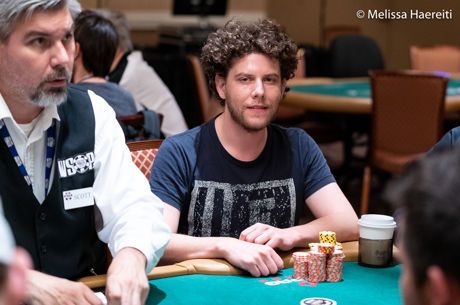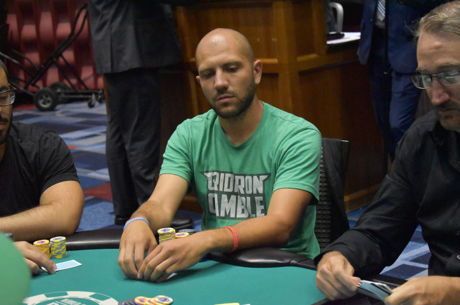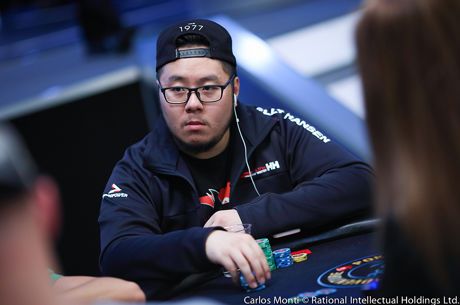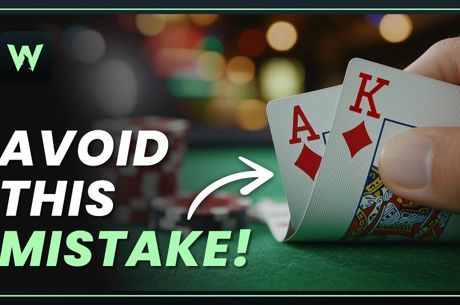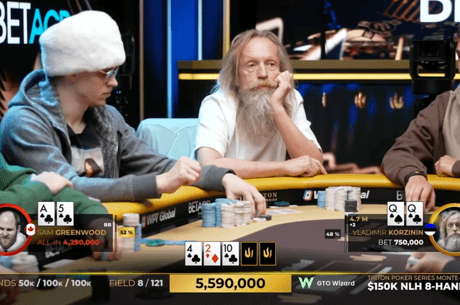3 Tournament Myths That Too Many Players Believe
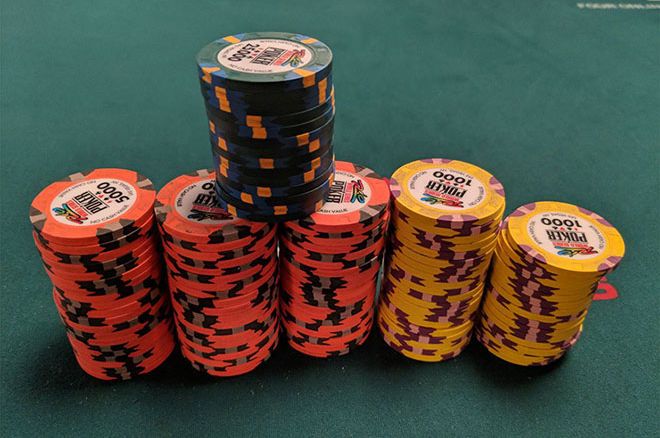
Table Of Contents
An article by Miikka Anttonen.
Poker is a game where only about 1% of all the players make money, yet many of the remaining 99% still think they’re good – just unlucky.
And boy, do some of these “unlucky” people think they have it all figured out.
It’s tough to spend time at a live poker table without hearing all kinds of weird myths and false truths waiting to be proven wrong. The following three are among my favorites.
Myth 1: Aggressive Play Requires a Big Stack
Some players assume that you need a big stack to effectively put pressure on your opponents. Similarly, the biggest stack at the table is often assumed to take on the role of “table captain,” and the smaller stacks are expected to let him or her be in charge. This is nonsense.
You get dealt two cards; you play the hand to your best ability; repeat.
First of all, each hand is an individual challenge. Poker is not a game of soccer, in which you set a game plan ahead of time to execute on the field.
You get dealt two cards; you play the hand to your best ability; repeat.
When deciding on the best course of action during a hand, there is a myriad of factors to consider. Stack size is one of, if not the most important single factor. However, there are times when you should play loose as a short stack and tight as a big stack.
Example 1: You’re nearing the bubble of a tournament. The big stack to your right is raising seemingly every hand. You have 15-20 big blinds. Which of these strategies seems better?
- Fold every hand and let your table captain do his thing.
- Attack his reckless raises with relatively frequent 3-bet shoves.
Example 2: Day two of the WSOP Main Event. You have a big stack, and get moved to a new table. The players to your left are Nick Petrangelo, Stephen Chidwick, and Phil Ivey, who all have fewer chips than you do. Which approach should you take?
- Put on your table captain hat and attack their blinds with any two cards.
- Try to play solid poker, and avoid putting yourself in tough spots against super fierce competition.
In both examples, option 2 is far superior.
Should you sometimes try to go after everyone when you have a big stack? Absolutely. But your game plan must always depend on the opposition you’re facing and the situation at hand.
Myth 2: My Short Stack Forced Me to Commit
A few years ago, I was at the final table of a live turbo tournament in Australia. The only halfway decent opponent left was this local woman who was playing tight-aggressive poker.
There were seven players left, with three players sitting on stacks of 4 big blinds or fewer (including myself.) The average is 12 big blinds. The chip leader — who has all the chips and has been playing nearly every hand — opens to 3 big blinds from UTG.
I’d have been much happier shoving seven-deuce off blind vs. blind against the nit to her left than shoving fives into the chip leader.
The local player responds with a shove for ten big blinds from UTG+2 holding 5x5x. She ended up losing the race against AxKx and busting in 7th place, much to my delight.
In her spot, I’d have folded 9x9x without hesitation. She immediately shrugged it off as a cooler, saying "I only had ten big blinds and a pair; I had to go with it."
The rest of the table nodded in agreement, and I chuckled on the inside. She was in second or third place before the hand and was almost guaranteed a few pay jumps. Her only job was to play tight and let others bust first. Instead, she decided to adhere to a non-existent rule-of-thumb that says you have to shove any pair if you’re short enough.
If I were in her chip position, I’d have been much happier shoving 7x2x off suit blind vs. blind against the nit to her left — who was suffocating under ICM pressure — than shoving 5x5x into the chip leader.
There are situations when it’s correct to go all-in holding 7x2x off with ten big blinds, and others when you need to fold a hand as strong as 7x7x with the same stack. Those are both extreme examples, but these spots do come up.
As a broad generalization, when you’re short (say, fewer than 15 big blinds) and aren’t holding a monster, you’re looking for one of two things before you shove your chips forward:
- Fold equity
- Lots of dead money in the pot
Let me expand on the latter with an example:
Example: Mid-Stage Poker Tournament. Hero has a 10BB stack.
Hero is dealt 5♠5♦ in the big blind.
MP raises to 2BB. Hijack calls. Cutoff calls. Button calls. Sb folds. Hero…?
If you shove here, you’re going to get called virtually every time — and it will usually be a coin flip. Even so, the amount of dead money in the pot justifies the shove because you have a chance to triple-up with (probably) ~50% equity.
If that raise was bigger than 2BB, or if there were no overcallers, going all-in with 5♠5♦ is a less appealing play because there would be significantly less dead money to go after.
Myth 3: You Can’t Defend Your Big Blind with a Sub-10 Big Blind Stack
An alarming amount of people seem to think that you should never call a raise if you have fewer than a specific amount of big blinds. Many people probably believe this because it was written in ancient poker books published around 1998.
Guys, don’t trust poker training material from 1998.
Guys, don’t trust poker training material from 1998.
Nowadays, most people use a much smaller open-raise size than people did years ago. When you’re in the big blind facing a min-raise open, for example, you need just ~20% raw equity to continue (most hands have at least 30% against most opening ranges).
You may be thinking: “But I don’t get to realize all of that equity, because I will have to fold on so many flops.” That’s true. You don’t realize all of that equity, but you will undoubtedly realize enough of it to justify a defend with playable hands.
Realizing equity when out of position is easier with a short stack because there won’t be as much post-flop play. Consider: the cutoff min-raises, you have six big blinds and defend holding 10♥8♥. You’re virtually never going to make a mistake post-flop – if you hit something, you’re going all-in. If the flop gives you two undercards and no draw, you check-fold, saving those last few big blinds.
If you have 30 big blinds, however, it’s a bit tougher to realize your equity due to the threat of multi-street pressure from your in position opponent. As your stack gets shorter, it becomes easier to play your hand post-flop and realize equity. This allows us to defend with a wider range than you might expect.
Thanks for reading!
Want to upgrade your tournament poker skills? Get instant access to lessons, charts, and more when you join the Upswing Lab training course. Learn more now!
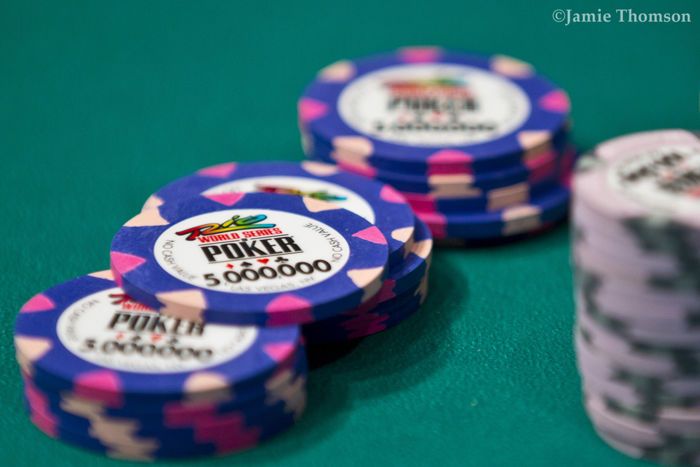
Sponsor generated content by Upswing Poker written by Miikka Anttonen.

